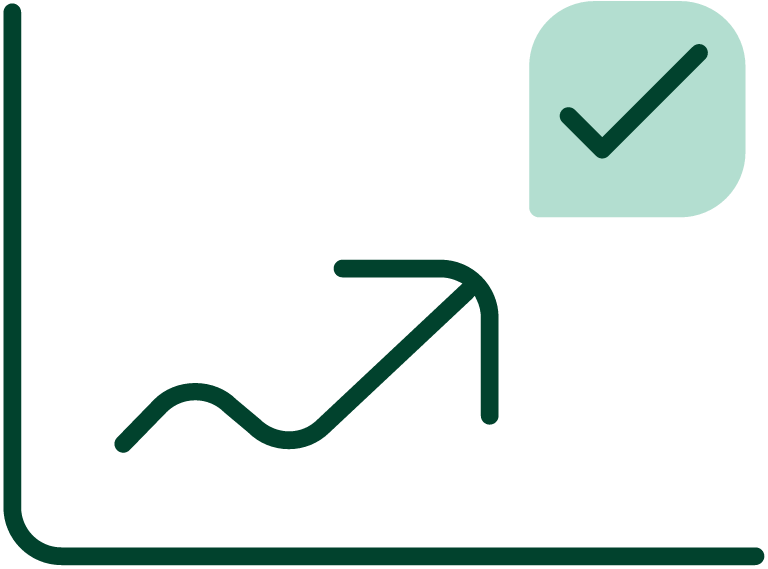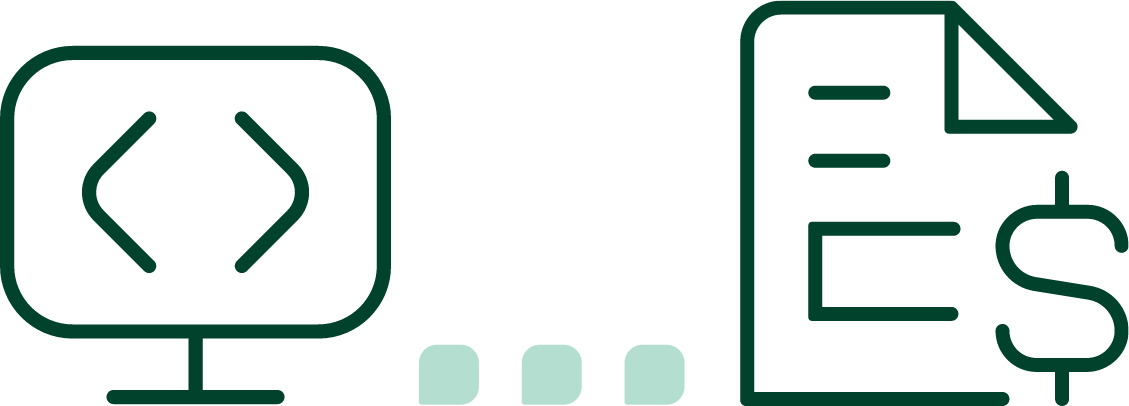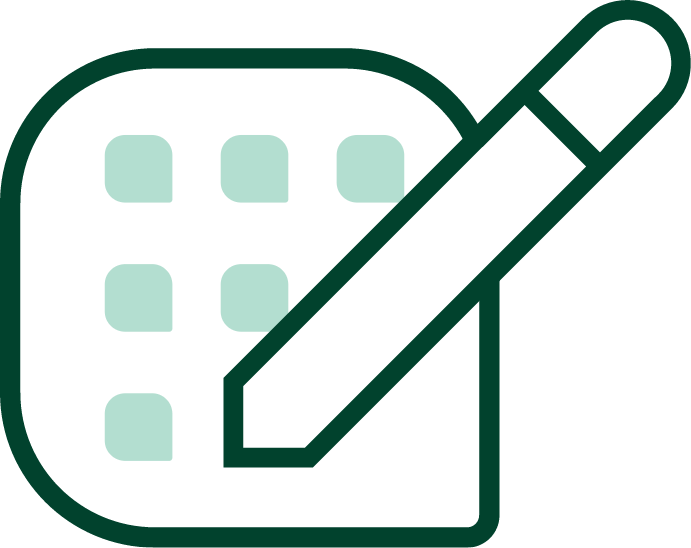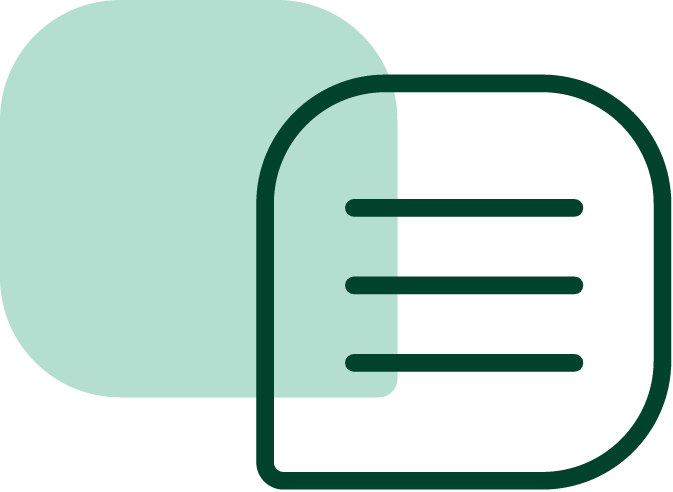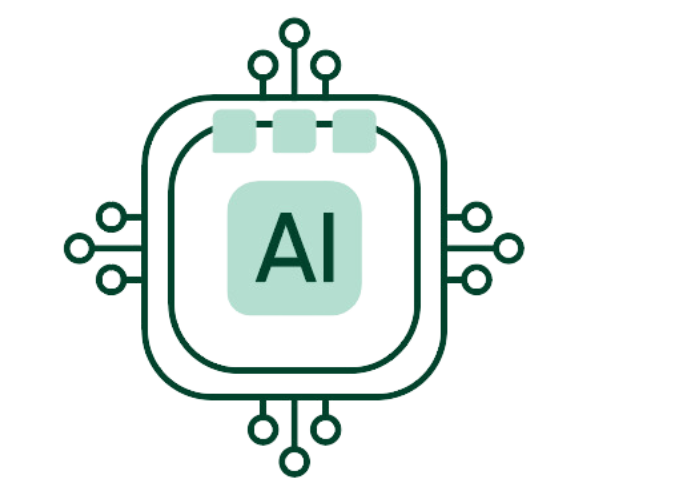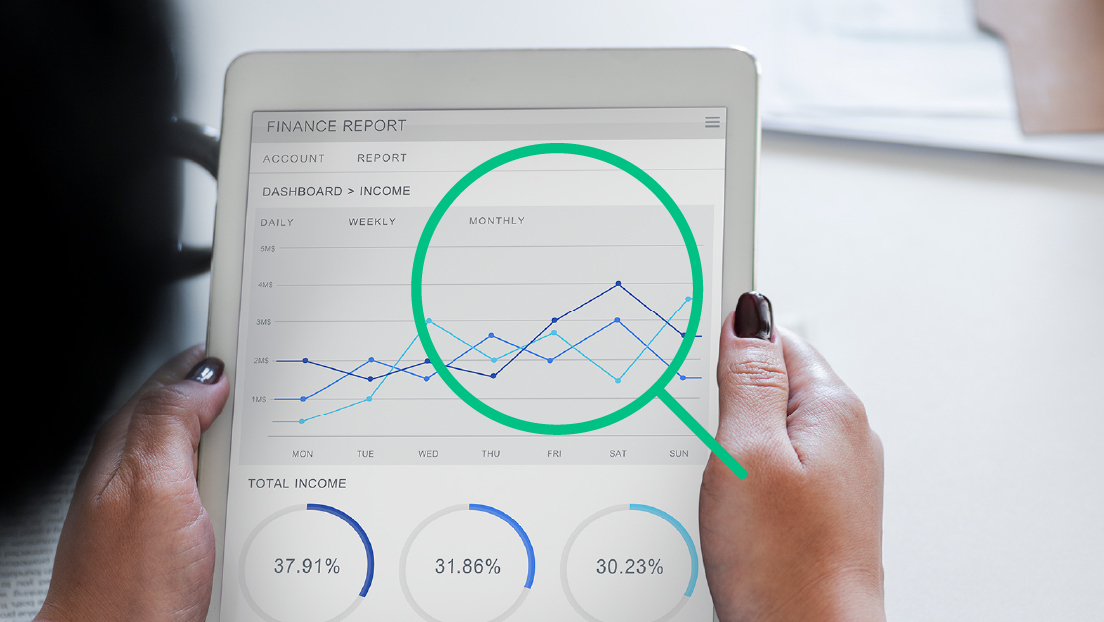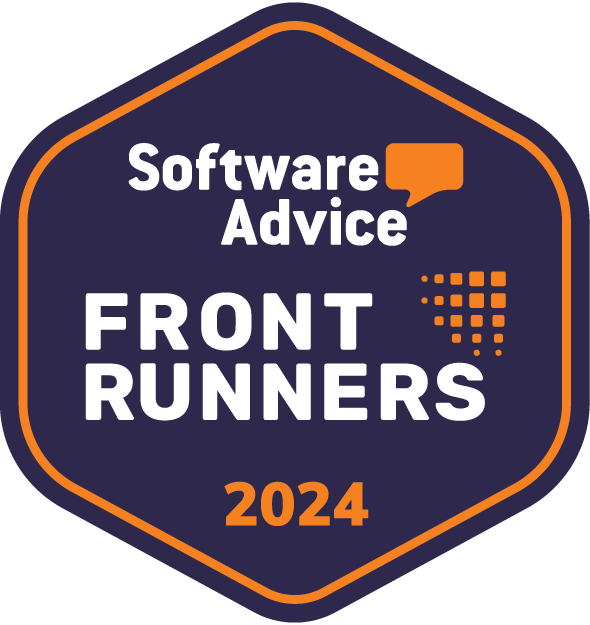Once your business has started to grow significantly, your A/R and finance team will probably ask themselves how they can transform your accounts receivable process in the most efficient manner. At some point during the business process, most owners ask the question: What’s the best way to transform our accounts receivable process? Choosing an accounts receivable automation solution is only the first step in transforming your accounts receivable. The more accounts receivable automation best practices you can implement proactively, the more prepared you’ll be for the typical A/R challenges that most businesses face.
Automated Accounts Receivable Best Practices
The automation of accounts receivable is a critical step in streamlining and optimizing your A/R and improving your cash flow. However, your team will still need to understand the needs of the business and address them. Here are a few examples of how B2B accounts receivable automation, together with the right best practice can achieve this.
1) Ensure your A/R software suits your needs
Many types of A/R software exist that serve different goals. Some function more as a general accounting software for a small financial department to manage different functions while others focus specifically on accounts receivable.
Here are the types of questions you should ask your A/R team to determine which type of software would help it achieve it’s goals:
- What are the biggest challenges facing the A/R team (e.g., late payments, lack of visibility, high turnover)?
- How do you currently manage the invoicing and payment collection process?
- Are there any gaps in your current systems that make it harder to manage A/R efficiently?
- What aspects of A/R do you think could benefit from automation (e.g., invoice generation, reminders, payment reconciliation)?
- What do you think is the most critical feature for an A/R automation system to address in order to improve your team’s efficiency?
2) Adopt a proactive approach to your A/R
Many companies take a reactive approach to their accounts receivables. For example, they may wait until the end of the year to address outstanding receivables, consuming more time and resources than it would if the collections were managed consistently throughout the year, as close to the invoice date as possible. Another common reactive approach to A/R is when companies send payment reminders only once the invoice is due. An ideal approach would be to send dunning emails at regular intervals, starting from the invoice issue date, with reminders one to two weeks before the due date.
3) Integrate your existing financial systems to access real-time data
The automation of accounts receivable allows for companies to gather customer payment data over a period of time, enabling them to identify trends and proactively deal with issues and bottlenecks before they become more serious. When the company’s existing ERP, CRM, and other financial software connects to the accounts receivable software, however, it allows for the most complete picture to be accessed at all times. It also delivers better visibility into A/R performance and removes the risk that a poor decision will be made due to missing data.
4) Track and report KPI metrics on A/R performance
Data from the different financial systems can be centralized into reports to enable the tracking of and generation of A/R performance. These reports not only help your A/R and finance team gain visibility of the collections team and individual team members, but allows for transparency across all other teams and stakeholders. A/R performance metrics that the software tracks should include best possible DSO, Collective Effectiveness Index (CEI), Average Days Delinquent (ADD), and Accounts Receivable Turnover Ratio (ART).
5) Streamline your dispute management
Invoice and payment disputes are among the top reasons invoices remain unpaid for long periods. It’s important that your b2b accounts receivable automation software give you the tools needed to resolve these disputes as quickly as possible by ensuring that all A/R teams and relevant stakeholders have full visibility into dispute data. This helps foster greater collaboration between parties to resolve disputes faster, improve customer satisfactions, and improve your cash flow. In short: If the software can only handle the simple automation of accounts receivables and is limited to tasks such as invoicing and payment, it’s not the right solution for your business.
You should be able to execute your entire collections strategy via the platform. This includes automated messages, flexible payment options and dispute management. If the software has no options for these capabilities, choose something else.
Accounts Receivable Automation Benefits
If you’re still on the fence about whether an A/R automation solution is right for your business, consider the benefits. After all, once B2B accounts receivable automation has demonstrated a high return on investment, the fewer reasons you have to continue with inefficient manual processes.
Benefits include:
-
More accurate A/R data
The automation of accounts receivable enables payment data to be gathered and tracked over a period of time, allowing for more advanced analysis such as cash flow forecasting and customer risk management. An A/R automation solution delivers payment data in real-time when integrated into existing financial systems such as your ERP, accounting system, and CRM.
2. Improved customer experiences
According to one study, 75% of firms reported they were able to deliver top-tier customer experiences by automating A/R functions. For example, automated dunning emails get more engagement when they are customized for the audience receiving them. Accounts receivable automation software enables the customization of messages according to different industry, size, location and payment history and timelines. Prompt, efficient communications also reduce the need to chase customers to collect on invoices, which results in better relationships.
3. More efficient A/R processes
Manually tracking each invoice, cash application, managing disputes and customer credit and determining the invoice status takes time. Without automated data in real-time, it’s impossible to generate valuable reports on A/R performance. Not surprisingly, 87% of firms improved their speed by automating A/R.
4. Reduce Your DSO
Days sales outstanding is one of the most important metrics for determining the effectiveness of collections efforts. Knowing how long it takes to collect cash from an invoice makes it easier to project cash flow. Although the average DSO varies according to industry and company size, reducing the number of days it takes to collect on an invoice improves cash flow.
How Gaviti Delivers an Autonomous Invoice-to-Cash Accounts Receivable Software
The automation of accounts receivable enhances data accuracy and reduces manual errors, making it an essential tool for A/R and finance teams. At the same time, it streamlines and optimizes the entire A/R process. Gaviti’s autonomous invoice-to-cash A/R management solution, however, takes this a step further by eliminating the need for constant human control or supervision in the performance of tasks.
Its platforms delivers benefits such as:
- Personalized and automated dunning workflows that send reminder emails before an invoice is due, optimizing how specific audiences receive which reminder and when, significantly increasing engagement and improving the chance of timely payment of invoices.
- Simple and easy payments for customers with a Self-Service Payer Portal available online 24/7 with a variety of payment options including ACH, electronic payments, debit and credit cards , and more. It also includes both invoice and auto-pay options and the ability to view all outstanding invoices in one central place.
- Streamlined credit management that quickly manages customer risk and credit threshold with relevant information collected from relevant sources and a suggested credit limit for the reviewer to allow them to perform a sanity check.
- Centralization of A/R data that integrates with other financial systems such as your CRM, ERP, and accounting software to gather A/R accurate and up-to-date A/R data. With this information, you can track KPIs both on an individual level and team to improve your dunning performance over time.
- Fast and efficient resolution of disputes, eliminating the friction of the manual dispute resolution process while delivering a superior customer experience and reducing write-offs.
Want to learn more about Gaviti’s autonomous invoice-to-cash A/R management solution? Get a demo today!


